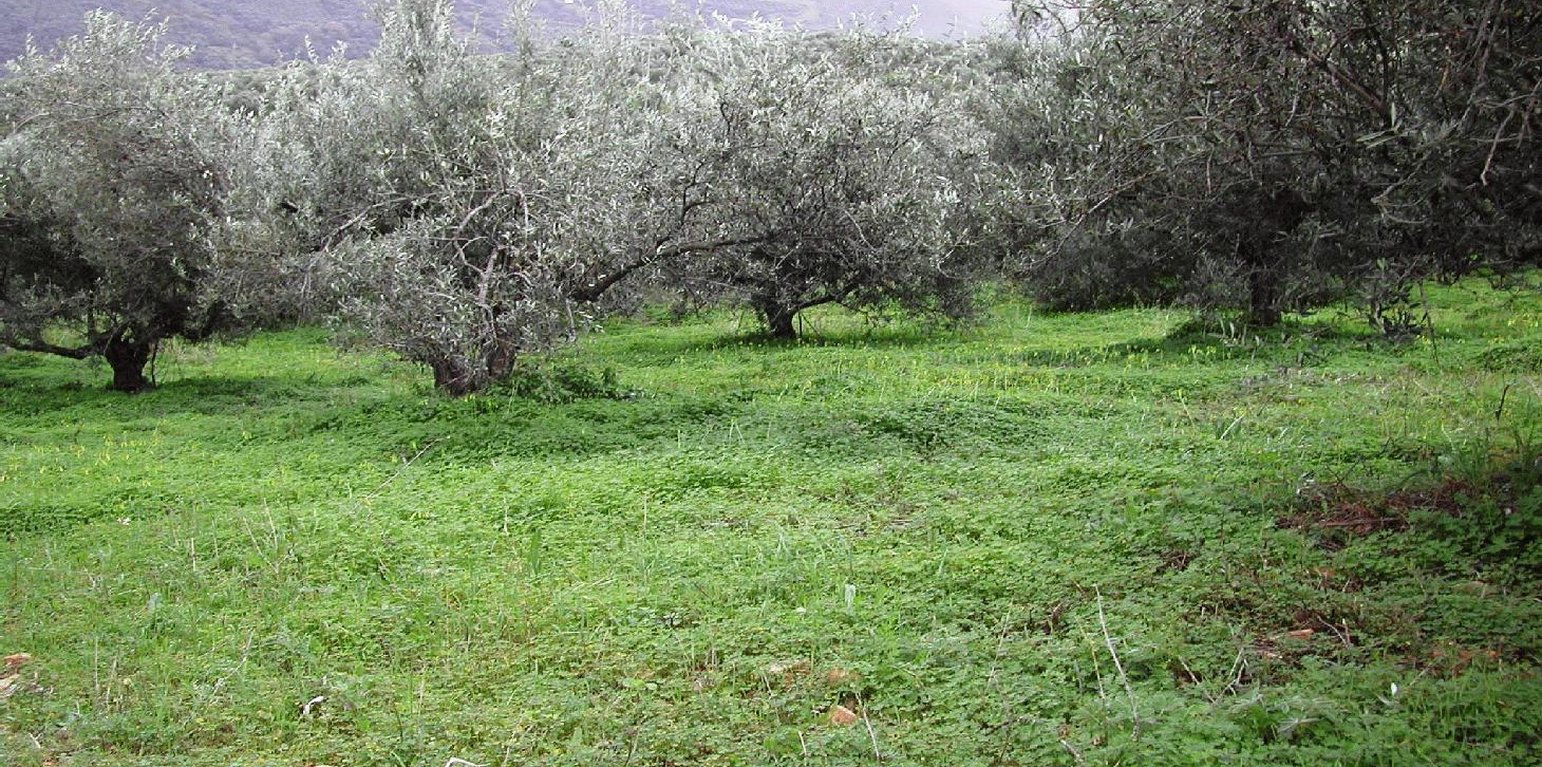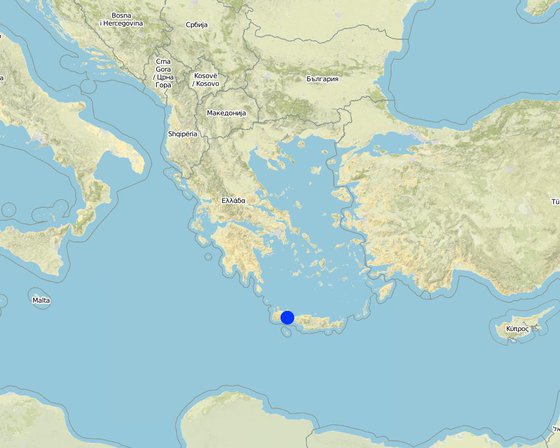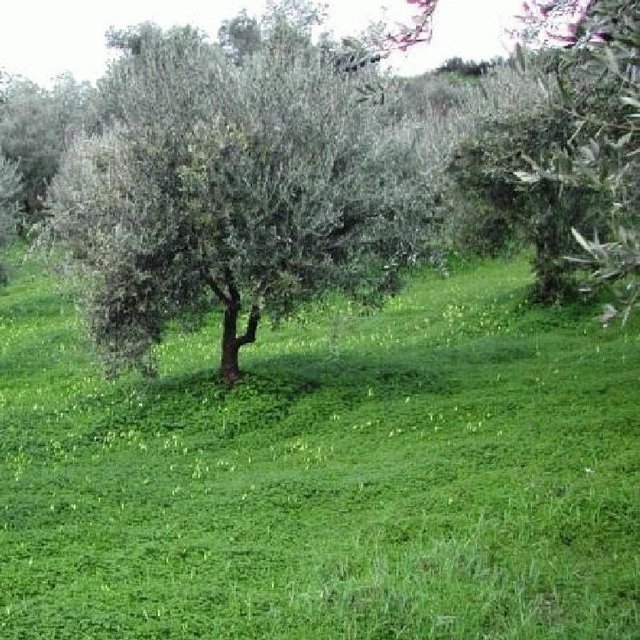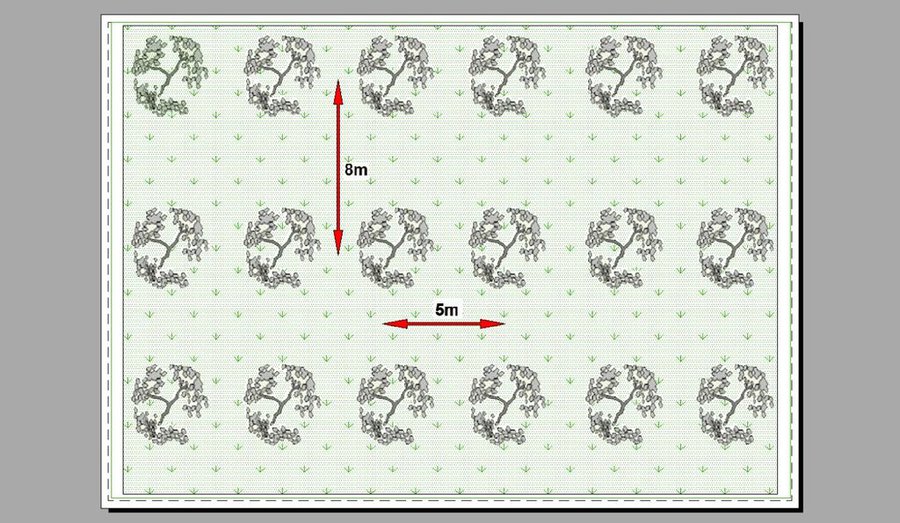



Sustainable farming may include several measures for protecting natural resources. One measure, that of no-tillage, relates to reduced soil erosion. This may have favourable effects on soil aggregation and protection from soil crusting and soil erosion. In a no-tillage system, the residues are concentrated on the surface of the soil, which enhances aggregate stability and protects the soil from erosion.
Purpose of the Technology: Sustainable farming may include several measures for protecting natural resources. One of the applied measures in the context of sustainable farming, related to reduction of soil erosion, is minimum tillage or no tillage operations. No tillage may have favourable effects on soil aggregation and protection of soil crusting and soil erosion. Maximum soil degradation occurs when soil is tilled with a mouldboard plough, followed by disking. In no-tillage system, the residues are concentrated on the surface of the soil enhancing aggregate stability and protecting the soil from erosion.There is no any extra cost for application of the Technology. In the opposite, farm income increases since cost production is decreased without any decrease in olive oil production.
Establishment / maintenance activities and inputs: The most frequently used cover crop is Oxalis pescaprae, a species considered as a weed but with a positive effect on soil and water conservation. It is left to grow during winter to improve water infiltration into the soil and to help prevent soil erosion. Owing to its high sensitivity to drought, Oxalis tends to reach wilting point in late spring due to lack of water in the upper soil layer. Disc-ploughing once every four to five years is necessary to destroy the perennial vegetation and incorporate fertilizers and plant residues into the soil. There is no extra cost involved in applying the technology. In fact, farm income increases, since production costs decrease without any reduction in olive oil production.
Natural / human environment: This practice is common locally and was established 30 years ago by the collaboration of national specialists and land users. It has been applied in a variety of natural and human environmental conditions typical of the Mediterranean region.

Lieu: Chania-Crete, Kissamos province, Grèce
Nbr de sites de la Technologie analysés:
Diffusion de la Technologie:
Dans des zones protégées en permanence ?:
Date de mise en oeuvre: il y a entre 10-50 ans
Type d'introduction





2200-2500€/ha
Increase in farmers income and reduction the off-site effects